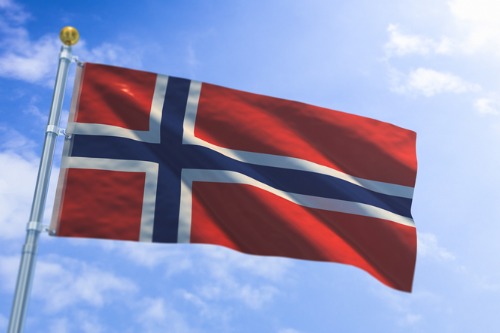
In recent years, climate change has become an increasingly hot topic in Australian classrooms.
As students become more environmentally-conscious and pressure mounts on schools to find sustainable solutions to electricity and water usage, some principals are finding ways to cut unnecessary operating costs.
Pressure is also coming from teachers who are calling for school facilities and curriculums to integrate outdoor learning and play-based learning with the aim of improving students’ health, and academic outcomes.
While universities have been making adjustments to their own facilities to address environmental challenges, K-12 schools are also making a mark in this area.
In 2018, Bracken Ridge State High School has set up a classroom solely powered by renewable energy. In That same year, the NSW Government released a guide to help schools become more sustainable in how they operate.
Even though Australian schools are tracking well in developing learning environments, the broader education sector recently looked to Europe for some inspiration in creating better education design models.
Norway is one European country that has spurred some interesting ideas about how other schools can create an exemplary eco-friendly model.
Backed by the Røyken municipality’s local authority, architecture firm tegn_3 collaborated with contractor Bermingrud to build Sydskogen School, which is considered to be Norway’s most eco-friendly educational institution.
The Oslo-based public school, which will house some 400 students and teachers, is the first educational institution to achieve the Nordic Swan Eco-label.
To bag this accolade, Sydkogen School sustained an energy requirement that is 25% lower than most buildings in the Nordic region.
How Sydskogen did it
The project, which sought to promote sustainable living, also set about making use of materials and building methods that are durable and maintenance-free.
To sustainably produce its own electricity, the school utilised extensive roof solar panelling – a common feature for most establishments seeking to be more environmentally-friendly as well as energy-efficient while cutting costs.
But the highlight of the project was the use of wood produced by Norwegian company Kebony (which has an outdoor lifetime guarantee of 30 years) in the school’s facades.
To extend the shelf-life of the roofing, sustainably-sourced soft woods were heated with furfuryl alcohol, which is sourced from either corncob or sugar cane bagasse. This helps the softwoods gain attributes of tropic hardwood, such as high durability, hardness and dimensional stability.
“We are delighted to have helped achieve the Swan Eco-Label for this exceptional school in Røyken,” the lead architect for the project said.
“We are confident that the children will thrive in a building allied with nature.”


